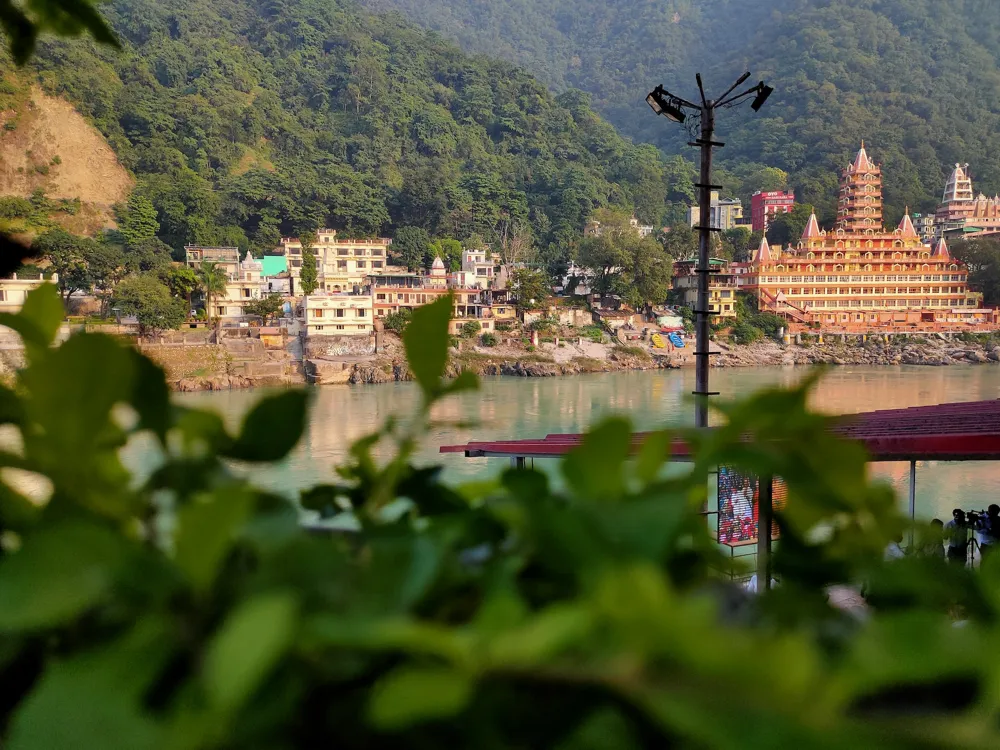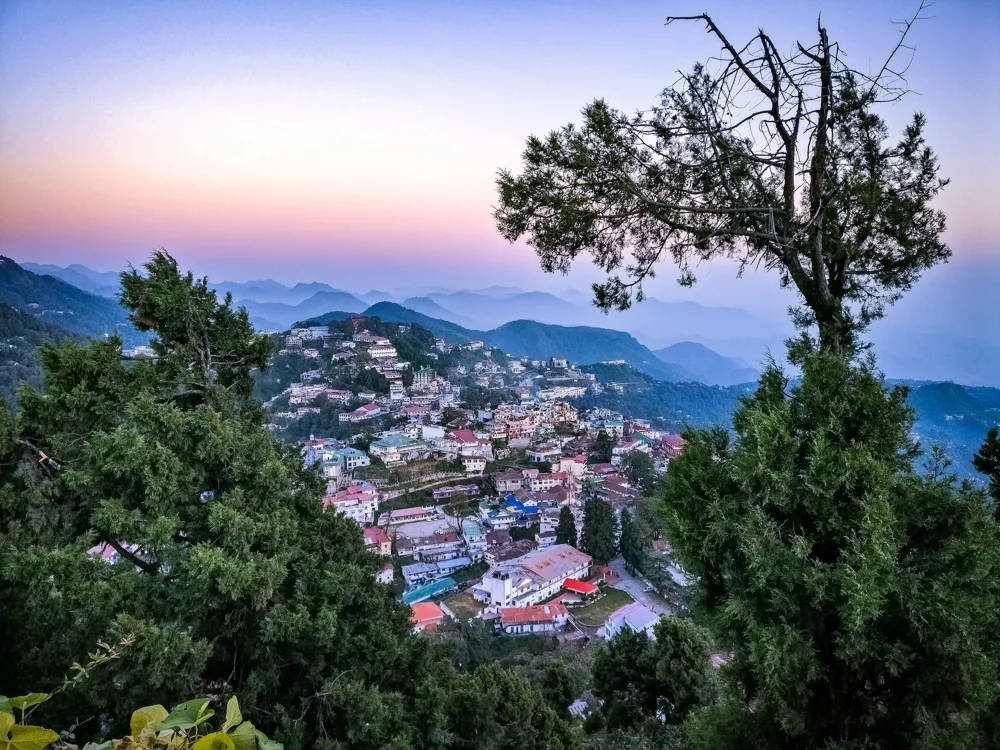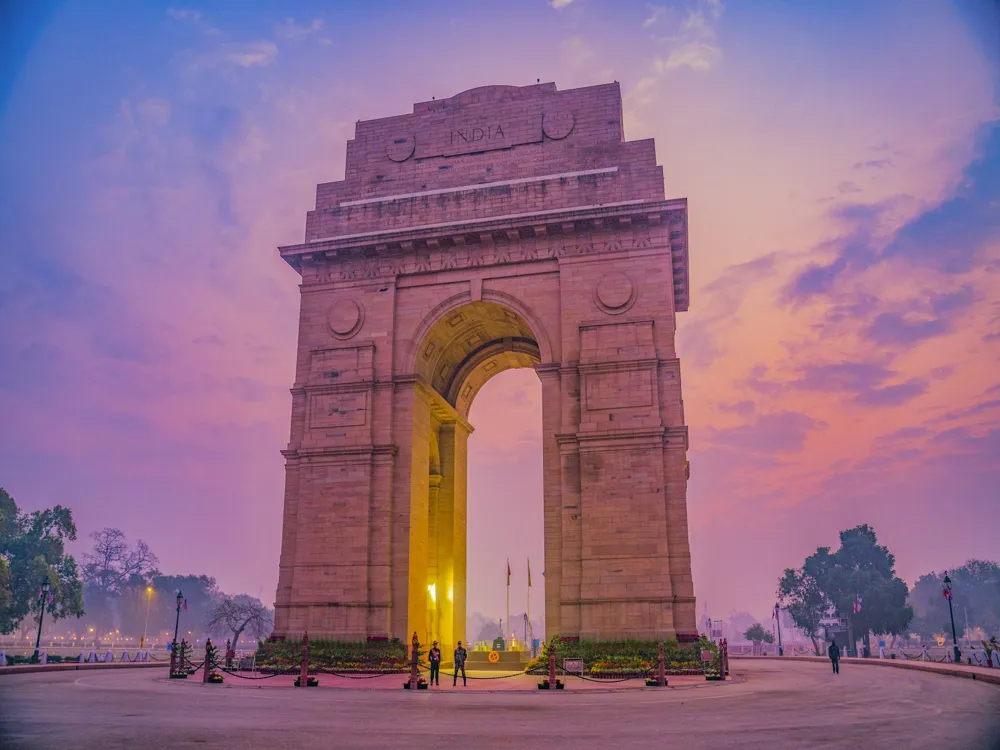Ganeshdham, a prominent spiritual and cultural center, is situated in the heart of Muzaffarnagar, Uttar Pradesh. This serene location has become a beacon of peace and spirituality for both locals and tourists alike. The complex is renowned not only for its religious significance but also for its role in promoting cultural and social harmony. Ganeshdham's history dates back several years and has since been a site of numerous spiritual and cultural events, drawing visitors from all walks of life. The temple complex is dedicated to Lord Ganesha, known as the remover of obstacles and the deity of new beginnings. This makes Ganeshdham a popular destination for those seeking blessings for new ventures and life events. The temple's architecture reflects a blend of traditional and modern design elements, creating an atmosphere that is both reverent and welcoming. The tranquil environment of Ganeshdham offers a perfect retreat from the hustle and bustle of city life, making it an ideal place for meditation and spiritual introspection. Ganeshdham is not just a temple; it's a hub of cultural heritage. The complex hosts various cultural events, including music and dance performances, religious ceremonies, and festivals, which showcase the rich traditions of Uttar Pradesh. These events are a splendid display of local art, culture, and heritage, attracting not only devotees but also art and culture enthusiasts. Besides being a religious center, Ganeshdham plays a significant role in community development and social welfare. The temple authorities organize various social initiatives such as educational programs, health camps, and charity events. These activities reflect the temple's commitment to societal well-being and its role as a force for positive change in the community. One of the unique aspects of Ganeshdham is its commitment to environmental conservation. The temple complex is designed to minimize its ecological footprint, with initiatives like rainwater harvesting, solar power utilization, and green cover maintenance. This approach not only makes the temple an environmentally sustainable place but also sets an example for others to follow. The architecture of Ganeshdham is a splendid fusion of ancient motifs and contemporary design, making it a masterpiece of religious architecture. The temple's structure is inspired by traditional Indian temple architecture, with modern elements incorporated to suit the needs of contemporary worshippers. The main shrine, housing the idol of Lord Ganesha, is an epitome of artistic brilliance and spiritual aura. The temple complex is spread over a vast area and features intricate carvings, majestic domes, and beautifully crafted pillars. The use of locally sourced materials in construction not only adds to the aesthetic appeal but also supports local artisans and businesses. The temple's design ensures ample natural light and ventilation, creating a serene and positive ambiance for devotees. Art and spirituality intertwine beautifully in the architecture of Ganeshdham. The walls and ceilings are adorned with paintings and carvings that depict various episodes from Hindu mythology, particularly those related to Lord Ganesha. These artworks are not just visually appealing but also serve to educate visitors about the rich mythological heritage of India. One of the innovative features of Ganeshdham's architecture is its eco-friendly design. The temple complex incorporates sustainable practices like rainwater harvesting and solar energy utilization, making it a model of environmental responsibility. This thoughtful design ensures that the temple not only serves spiritual purposes but also contributes positively to the environment. Ganeshdham is designed to be accessible to all, including elderly and differently-abled visitors. The temple complex includes facilities like ramps, wheelchair access, and special seating areas to ensure that everyone can enjoy the serene environment without any hindrance. Additionally, the temple premises feature amenities like clean restrooms, drinking water facilities, and a well-maintained garden area, enhancing the overall visitor experience. The ideal time to visit Ganeshdham is during the cooler months from October to March. The weather during this period is pleasant, making it comfortable for visitors to explore the temple complex. Additionally, visiting during major festivals like Ganesh Chaturthi can be a unique experience, with special rituals and cultural events taking place. Visitors to Ganeshdham are advised to dress modestly, respecting the sanctity of the temple. Traditional Indian attire is preferred, but not mandatory. It is also important to maintain a peaceful and quiet demeanor within the temple premises to ensure a tranquil atmosphere for all visitors. While photography may be allowed in certain areas of Ganeshdham, it is advisable to check with temple authorities beforehand. Some areas, especially the inner sanctum, may have restrictions on photography to maintain the sacredness of the space. Ganeshdham is easily accessible from various parts of Muzaffarnagar and neighboring cities. The temple is well-connected by road, and visitors can opt for public transport like buses and taxis. For those traveling from distant places, the nearest railway station is Muzaffarnagar Railway Station, from where Ganeshdham is just a short drive away. Additionally, for visitors coming from other states or countries, the nearest airport is in Delhi, from where one can take a taxi or train to reach Muzaffarnagar. Read More:Overview of Ganeshdham in Muzaffarnagar, Uttar Pradesh
Ganeshdham's Rich Cultural Heritage
Community Involvement and Social Activities
Environmental Consciousness at Ganeshdham
Architecture of Ganeshdham
Interplay of Art and Spirituality
Innovative Design Features
Accessibility and Facilities
Tips When Visiting Ganeshdham
Best Time to Visit
Dress Code and Conduct
Photography Guidelines
How To Reach Ganeshdham
Ganeshdham
Muzaffarnagar
Uttar Pradesh
NaN onwards
View muzaffarnagar Packages
Muzaffarnagar Travel Packages
View All Packages For Muzaffarnagar
Top Hotel Collections for Muzaffarnagar

Private Pool

Luxury Hotels

5-Star Hotels

Pet Friendly
Top Hotels Near Muzaffarnagar
Other Top Ranking Places In Muzaffarnagar
View All Places To Visit In muzaffarnagar
View muzaffarnagar Packages
Muzaffarnagar Travel Packages
View All Packages For Muzaffarnagar
Top Hotel Collections for Muzaffarnagar

Private Pool

Luxury Hotels

5-Star Hotels

Pet Friendly



















